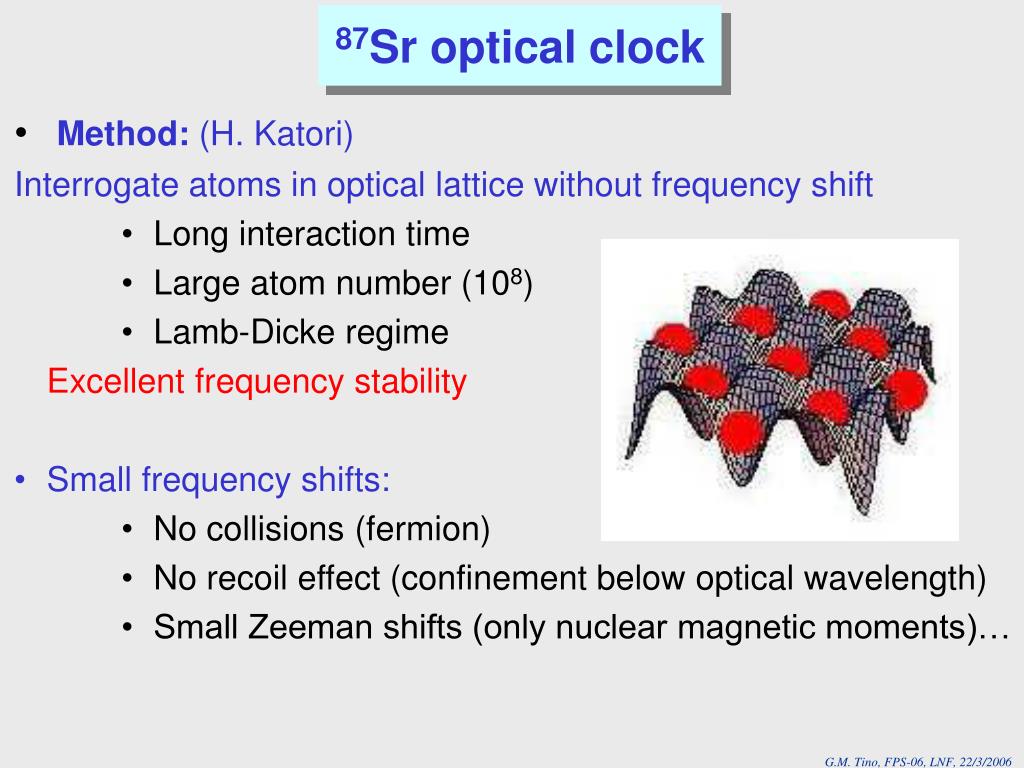

So, again, height and gravity really do go together.” So that’s why one of the main things NGS does is to use gravity meters, to look for those changes in height, really. And the gravity meters we have, if you lift them up a few millimeters, gravity will be noticeably weaker because you’re further from the center of the Earth. So, for example, if you go up a mountain, gravity should be less because you’re farther away from the center of the Earth. Everybody thinks, “Yeah, gravity is constant, right?” Well, it turns out that, at first approximation it is, but as Newton tell’s us, as you get farther away from a source, gravity is weaker. Before we get to those atomic clocks, we need to know a bit more about this.ĭEREK VAN WESTRUM: “Gravity and height, together, are the fundamental aspect of everything we’re really trying to do at NGS in terms of height measurements. One of the most important tools used to do this is called a gravity meter. So goedesists like Derek use gravity measurements to map this out. Things get really complicated when you add in mountains and other features around the Earth that cause variations in the gravity field. Gravity is higher at the poles because the poles are closer to the center of the Earth, and lower at the equator because the equator is farther away from the center of the Earth. But because it’s spinning, it actually flattens out into an elliptical shape. He said that most people think of Earth as a sphere. This is the part of geodesy that deals with mapping the planet’s elevations, or as geodesists call it, vertical mapping. HOST: Measuring and keeping track of the gravity field for the nation is a big part of what NGS does … and it’s Derek’s expertise. How do we precisely describe and then measure the shape of the planet? And then, as you mentioned, there’s things like changes in the shape of the planet that you’ve got to put on top of that and keep track of.” How do you measure this? How do you make sure we’re all measuring the Earth the same way? How do you keep measurements updated since the Earth is always changing? Here’s Derek:ĭEREK VAN WESTRUM: “What do you call zero? Where do you start? How do you get your head around this problem of, OK, what’s changing relative to what? It’s a fascinating problem that people have been working on for almost 400 years now. That’s what the National Geodetic Survey - which we call NGS for short - is all about. Geodesy is the science of accurately measuring and understanding the Earth's geometric shape, orientation in space, and gravity field. HOST: Most people know what physics is, or at least have heard of it. My background is actually physics and so, yeah, that’s me in a nutshell.”

I’m a geodesist with the National Geodetic Survey and I’m stationed out here in Boulder. Stay tuned to find out why this is a problem for NIST, how the National Geodetic Survey helped to solve this problem, and how these atomic clocks may someday play an important role in the science of geodesy.ĭEREK VAN WESTRUM: “My name is Derek van Westrum. That means if two of these clocks are at slightly different elevations … even a few centimeters … the higher clock runs noticeably faster. This is needed because these clocks are so unbelievably accurate that the effects of the general theory of relativity come into play. HOST: We’re joined by Derek van Westrum, a scientist with NOAA’s National Geodetic Survey, who spent a good deal of time over the summer of 2015 working on a really cool project to determine the precise elevation of several atomic clocks at the National Institute of Standards and Technology, or NIST, in Boulder, Colorado. And we’ve got a great example of that to share in this episode. And sometimes we need to calculate the most precise elevation measurements possible with modern technology. But sometimes people need more precise elevation measurements … for things like mapping floodplains, building bridges and highways, navigation. For me and for most of us, this smartphone measurement is good enough. according to my smartphone, is at an elevation of 340 feet. I’m Troy Kitch, and I’m producing this episode on the NOAA campus in Silver Spring, Maryland, which …. HOST: This is the Making Waves podcast from NOAA’s National Ocean Service.


 0 kommentar(er)
0 kommentar(er)
